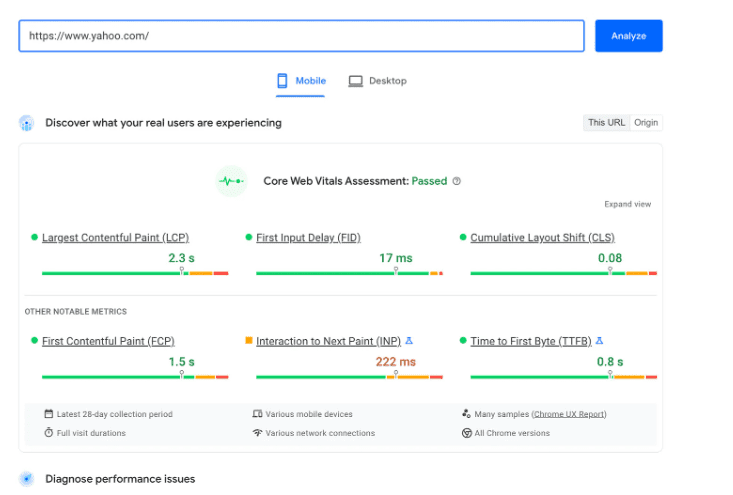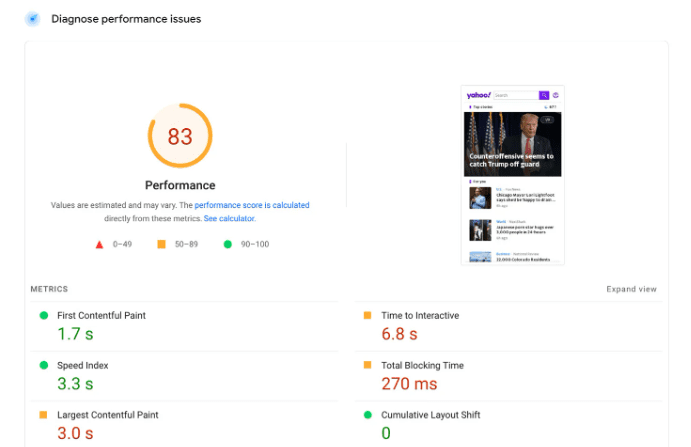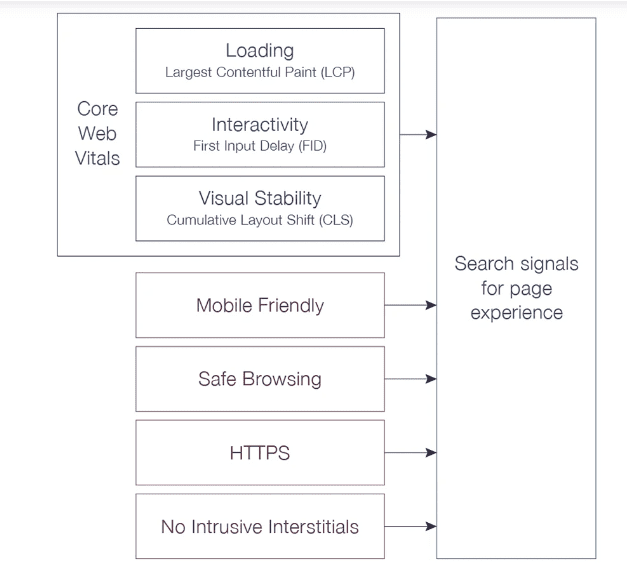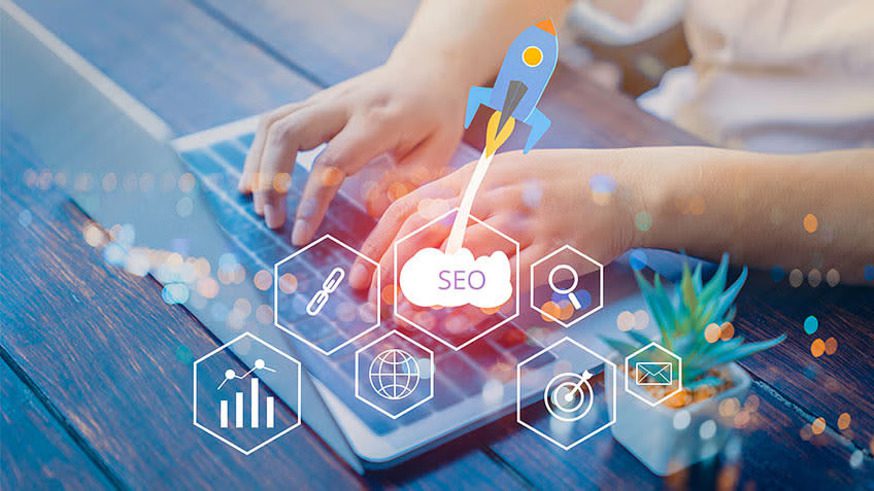INTRODUCTION
Following the saying, ‘Change is the only constant’ are SEO trends. In the ever-changing, fast-paced realm of Digital Marketing, it is of utmost importance to be at par with the SEO trends to increase your traffic organically.
In the ever-changing world of SEO, stress-testing your SEO techniques through trials is critical for ensuring long-term SERP exposure.
In this blog post, we’ll look at the most potent SEO tactics of 2024, giving you actionable SEO advice and strategies for increasing your online presence and traffic.
1.MASTERING KEYWORD RESEARCH

Keywords that rank for your competitors but not for you are found using a keyword gap analysis.
Every opening is an opportunity for you to attract additional traffic. A thorough grasp of user intent and research is the foundation of any successful SEO techniques campaign.
It’s imperative to become an expert at recognising high-performing keywords across several search engines, as well as pertinent keyword phrases and concepts. You may effectively target these keywords and phrases by doing in-depth research. Then, through smart SEO technique implementation, you can create content that not only engages your target audience but also ranks highly in organic search results.
It is essential to understand how search engines assess your material based on expertise, authority, and trust (EAT). This knowledge emphasises how important it is to choose the proper keywords, use the right tools, and understand how search engines read your on-page material and its underlying meaning. Creating this information base is essential to developing a strong and successful SEO strategy.
Importance of Keywords:
A key element in the SEO technique of your website is keywords. They make it possible for search engines to comprehend your content and match it to user searches.
Extended and focused phrases are known as long-tail keywords, and they are very useful. They are more likely to rank well and drive more relevant traffic to different pages on your website.
The key to optimising advanced on-page SEO is to strategically incorporate these long-tail keywords into your URLs, and image alt tags, and to avoid using too many keywords.
One cannot undervalue the importance of internal linking and backlinks. It’s essential to utilise descriptive anchor text for internal links if you want to help users and search engines alike navigate your website. This helps search engines find the most important pages on your website.
Understanding Search Intent

Understanding Google’s mechanisms, including its search results algorithms, crawling bots, indexing process, and user intent, is essential to creating content that fits user demands and ranks highly in search engine results. This necessitates knowing what consumers want to achieve when they search on Google, in addition to examining the context and wording of their queries so that search engine bots may identify their intent.
By using Google Search Console, you can better understand the search terms that consumers are using and tailor your content to better meet their needs. This a great SEO technique to enhance your page.
By examining query grouping, sequencing, and prepositional usage, Search Engine Results Pages (SERPs) features like “People Also Ask” and “Related Searches” can be quite helpful in figuring out what the user’s intent is.
Keyword Research Tools
SEMrush, Ahrefs, and Google Keyword Planner are a few research tools you may use to identify high-performing keywords and assess competition. For instance, SEMrush is made to assist in raising the organic traffic and ranks of websites.
These tools may also evaluate the volume of searches and the degree of competition for specific keywords, giving you important information for your SEO plan. You can find fresh growth prospects by using a keyword gap analysis to find terms that your competitors rank for but you do not.
OPTIMISING ON-PAGE ELEMENTS:


Enhancing the user experience and search engine rankings of visual page content requires optimising on-page features. Your visual page content will be straightforward for visitors and search engines to grasp when you concentrate on aspects like header tags, photos, featured snippets, meta descriptions, and page names.
A landing page that is properly optimised in order to draw more visitors, improve user satisfaction, and rank the specific page higher in search engine results.
Page Title Tags and Meta Descriptions
The title of a visual webpage or content webpage is specified by title tags, which are essential HTML components that show up in the browser’s title bar and search engine results pages (SERP). For SEO to be successful, a title must have a target keyword or many targeted keywords or keyword phrases, as well as be unique and compelling.
Improved search engine rankings and increased click-through rates can be attributed to a well-written title tag that effectively summarises your content and persuades readers to click on your listing.
Meta description:
The descriptions function as concise synopses of a section on on-page SEO or the SEO title in the on- and off-page SEO guide. When an on-page SEO is searched in a search bar, these summaries appear beneath the title of the on-page SEO and prominently on the on-page SEO itself. They give a succinct summary of the content of the on-page SEO section. Although they don’t directly affect rankings, meta descriptions have a big impact on click-through rates (CTR).
Users are more likely to click on your search result if your meta description is interesting and helpful, which could raise your search engine ranks. For best visibility, keep your meta descriptions brief and under 150 characters.
Header Tags
Header tags (h1> to h6>) are HTML tags that are used to organise material on a webpage. Because they organise and provide context for page title material, they are very helpful for both sophisticated SEO and site users. Use header tags for the title text of a page in a logical arrangement, include keywords, and keep them brief to get the most out of them.
A higher Google ranking can result from using header tags correctly, which can help search engines comprehend the organisation and content of the pages on your website, on-page SEO, or webpage.
Higher exposure to Google rankings in search results and, eventually, a higher click-through rate can emerge from this, increasing organic search engine traffic to the pages and overall website of your business.
Image Optimisation
Improving the user experience and site speed both depend on optimising images. You can improve your website’s performance on the first page of search engine results pages (SERPs) by compressing images, providing descriptive file names for Google images, adding image alt text along with Google images, and employing targeted keywords.
Image alt-text is particularly significant since it can increase your search marketing ROI and tell search engines about the content of the image’s alt-text.
3.ENHANCING USER EXPERIENCE (UX):

Improving user satisfaction, SERP ranks, and the results returned by Google and other search engines all depend on having an excellent user experience (UX). You can make sure your website meets the demands of your visitors and ranks highly on search engines by putting an emphasis on site speed, mobile friendliness, and intuitive navigation.
Higher conversion rates and more user engagement might result from a well-optimized user experience. This is a great SEO technique to jot down.
- Site speed: Enhancing SERP ranks and user experience requires improving site speed, especially page speed. Reduce the number of HTTP queries, use caching, and compress pictures to improve the page speed of your website.
CONTENT MARKETING
The practice of producing and disseminating worthwhile content to draw in and involve your target audience is known as content marketing. You may increase your website traffic and SERP ranks by creating blog entries, cornerstone content, and shareable content of the highest calibre. User engagement, conversions, and brand exposure can all rise with a well-run content marketing campaign.
There are several ways in which content marketing can be done:
- Blogging:
It is imperative to consistently release educational and captivating content if you want to target relevant keywords and give your audience something of value. You may raise your SERP ranks and draw in organic traffic by making your blog post-SEO-optimized and social media-promoting. It takes research, content production, and optimisation to blog well.
- Cornerstone content:
The cornerstone of your website’s content strategy is cornerstone content, which is comprehensive, in-depth, and high-value content that covers important topics.
5. HERALDING THE POWER OF SOCIAL MEDIA:
Social media has a lot of promise to improve SEO and your online presence. Enhancing your brand’s exposure, attracting natural search traffic, and improving your rankings in search engine results pages (SERPs) can be achieved by encouraging social sharing, improving your social media accounts, and collaborating with celebrities.
Putting into practice a planned social media plan can increase user engagement, boost conversion rates, and ultimately help your business succeed.
CONCLUSION:
In conclusion, staying ahead in SEO techniques requires mastering keyword research, understanding search intent, optimizing on-page elements, enhancing user experience, utilizing content marketing effectively, and leveraging the power of social media. By integrating these strategies, you can boost organic traffic and strengthen your online presence in 2024.

